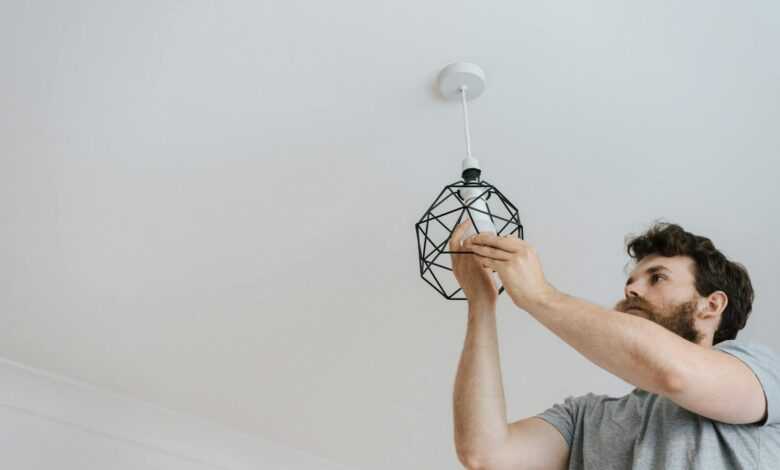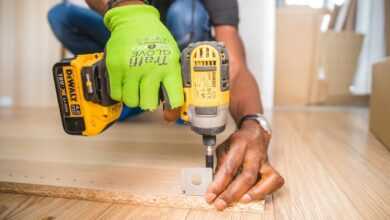
Electrical Safety Basics: What You Can and Can’t Do Yourself
Electrical safety is one of the most important considerations in any DIY project. While some minor electrical tasks are within reach of the average DIYer, it’s essential to know your limits. Working with electricity can be dangerous if not done correctly, and in the UK, there are strict legal restrictions on what you can and can’t do yourself.
This guide will help you navigate electrical safety, understand the basics of your fuse box, and teach you how to safely complete small tasks like changing light fixtures and replacing sockets.
Understanding Your Fuse Box
How to Safely Turn Off Power
Before beginning any electrical work, you must always turn off the power. Here’s how:
- Locate the fuse box: Your fuse box (also called a consumer unit) is typically found near the front of your home.
- Identify the correct circuit: Most fuse boxes have labelled switches for each area of your home. Identify the correct circuit and switch it off.
- Test for power: Use a non-contact voltage tester to ensure that the power is off before proceeding.
Understanding Different Circuit Breakers and Fuses
- Circuit breakers: These are safety devices that cut off electrical flow in the event of an overload or short circuit. They can be easily reset by flipping the switch.
- Fuses: Older homes may have fuses instead of circuit breakers. If a fuse blows, it will need to be replaced with one of the same amperage.
Changing a Light Fixture
Tools Needed
- Screwdrivers
- Wire strippers
- Voltage tester
- Insulation tape
Step-by-Step Guide to Safely Replace a Ceiling Light
- Turn off the power: Switch off the circuit for the light at the fuse box.
- Remove the old fixture: Unscrew the fixture and disconnect the wiring.
- Connect the new light: Connect the live (brown), neutral (blue), and earth (green/yellow) wires to the corresponding terminals on the new light fixture.
- Test the connection: After securing the fixture, turn the power back on and test the light.
Ensuring Everything Is Properly Earthed
Always ensure that the earth wire is securely connected to the appropriate terminal to prevent electrical shock. If your wiring lacks an earth, consult an electrician.
Replacing a Socket
How to Safely Replace a Damaged Socket
- Turn off the power: As with any electrical work, turn off the power before starting.
- Unscrew the socket: Remove the faceplate screws and carefully pull the socket away from the wall.
- Disconnect the wiring: Take note of where each wire is connected (live, neutral, and earth) and disconnect them.
- Install the new socket: Connect the wires to the new socket, ensuring the live (brown), neutral (blue), and earth (green/yellow) wires are in the correct terminals.
- Secure and test: Screw the new faceplate back into place and test the socket once the power is back on.
Understanding Wiring Colours and Connections
In the UK, standard wiring colours are:
- Live (brown)
- Neutral (blue)
- Earth (green/yellow)
Ensure these are correctly connected to prevent electrical hazards.
What You Should Never Attempt
There are certain electrical tasks that should always be left to qualified electricians:
- Major rewiring: Installing new circuits or rewiring parts of your home is complex and legally requires certification.
- Gas boiler electrical connections: Any electrical work involving your gas boiler must be done by a certified professional.
- Installing new circuits: This is a notifiable job that requires a professional to ensure it meets safety standards.
When to Call in a Qualified Electrician
Always call in a professional if you’re unsure about any aspect of your electrical system. Warning signs such as flickering lights, frequent circuit breaker trips, or burning smells near outlets indicate a more serious problem that requires expert attention.
While basic electrical tasks can be tackled safely with the right knowledge, it’s essential to know your limits. Always prioritise safety over cost-saving, and never hesitate to call in a professional when a job is beyond your skill level. With careful attention and adherence to safety guidelines, you can handle minor electrical projects confidently.




